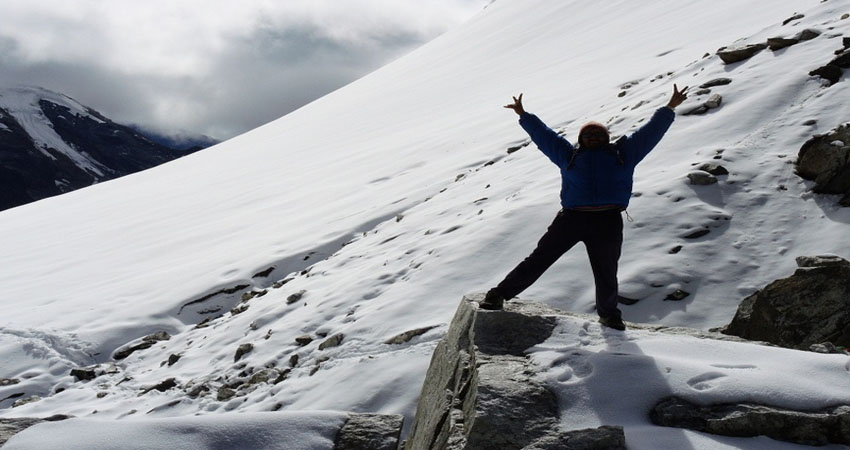Experts tips to Avoid altitude sickness or AMS
Expert tips to avoid altitude sickness
Altitude sickness, also known as acute mountain sickness (AMS), is common in mountains above the altitude of 3000 m. It occur when you rapidly ascend to high altitudes without giving your body time to acclimatize. While trekking in Nepal, throughout the trek, you will be trekking in the isolated mountain region for more than a week beginning from 2000 meters and ascending at the maximum at 6000 meters. As a result, altitude sickness is a real possibility at such a high altitude. When it comes to this illness, one should be proactive and notify the guide as soon as symptoms appear. You should not underestimate altitude sickness as it may take a serious form if you ignore it and do not listen to your body. You may not lose your life but will definitely spoil your trekking experience because of altitude sickness.
Here are some of the symptoms of Altitude sickness or AMS:
*Headache
*Dizziness and faintness
*Loss of appetite
*Shortness of breath
*Nausea or vomiting
*Fatigue or weakness
*Persistent rapid pulse
Moreover, altitude sickness can affect to your brain and lung. You may become weak and faint and you may not be able to walk straight. Your lips and fingernails will be seen blue or grey in color. In addition disorientation, confusion, hallucinations, irrational behavior, loss of coordination, pressure in the chest, persistent cough, and a high- pitched whistling sound while breathing are the symptoms of HACE and HAPE. High- altitude cerebral edema (HACE) and high- altitude pulmonary edema (HAPE) are severe and potentially life- threatening conditions that can occur at high altitudes due to proper acclimatization. If you or someone in your group experiences any of these symptoms at high altitudes, descend to lower elevation as quickly as possible and seek medical help. This is because delay in treatment can lead to worsening of symptoms and serious complications.
Here are some expert tips to help you avoid altitude sickness when traveling to high- altitude destinations:
*Stop and rest where you are
*Make sure you’re drinking enough water
*Do not smoke, drink alcohol or exercise
*Eating foods and drinking fluids that contain carbohydrates
*Avoid heavy, fatty, and spicy foods
*Descend to a lower altitude if symptoms (headache, nausea, & dizziness) persist or worsen
*Dress in layers to regulate your body temperature
*Carry a portable oxygen cylinder (if advised)
*Be aware of HACE and HAPE as these are life- threatening conditions and require immediate descent and medical attention
*Traveling with experienced guides who can help monitor your health and provide assistance if needed
* If you have any pre- existing medical conditions or concerns, consult a healthcare professional before your trip
*Spend at least one to two days at moderate altitudes before going higher
Some of the trekking routes that might cause AMS are:
*Everest base camp trek
*Annapurna base camp trek
*Langtang Gosaikund trek
*Annapurna circuit trek
*Manaslu circuit trek
*Kanchenjunga trek
Therefore, when trekking to high- altitude destination, you should be aware of altitude sickness and plan the trip with proper acclimatization and listen to your body, and prioritize your health and safety. It’s always beneficial to traveling with an experienced guide who can recognize symptoms and knowing the location of the nearest medical facilities in high- altitude environments.
